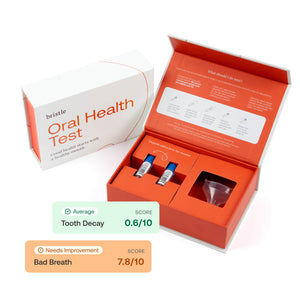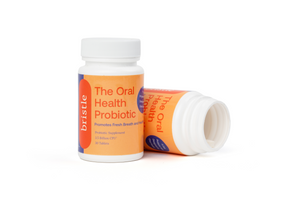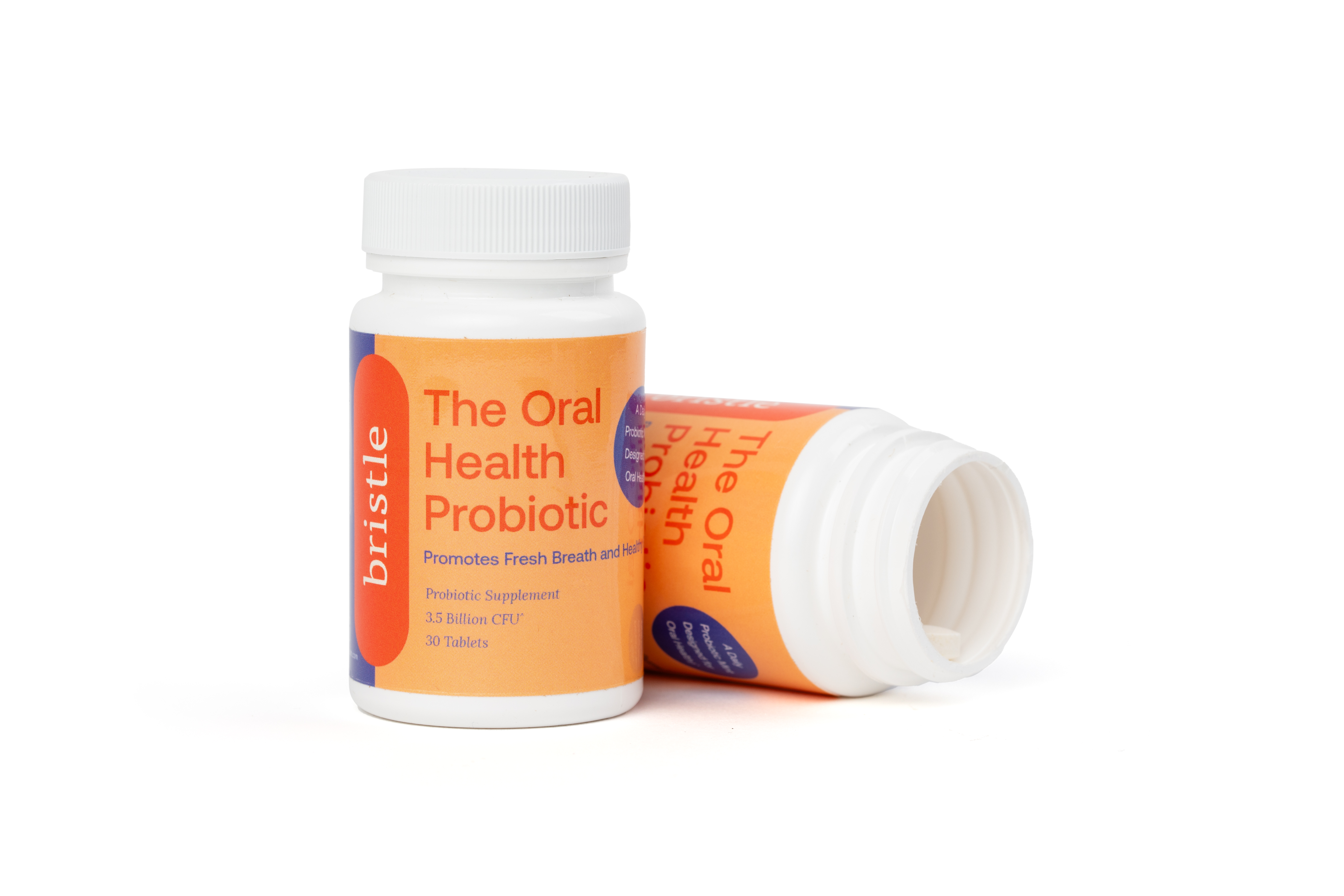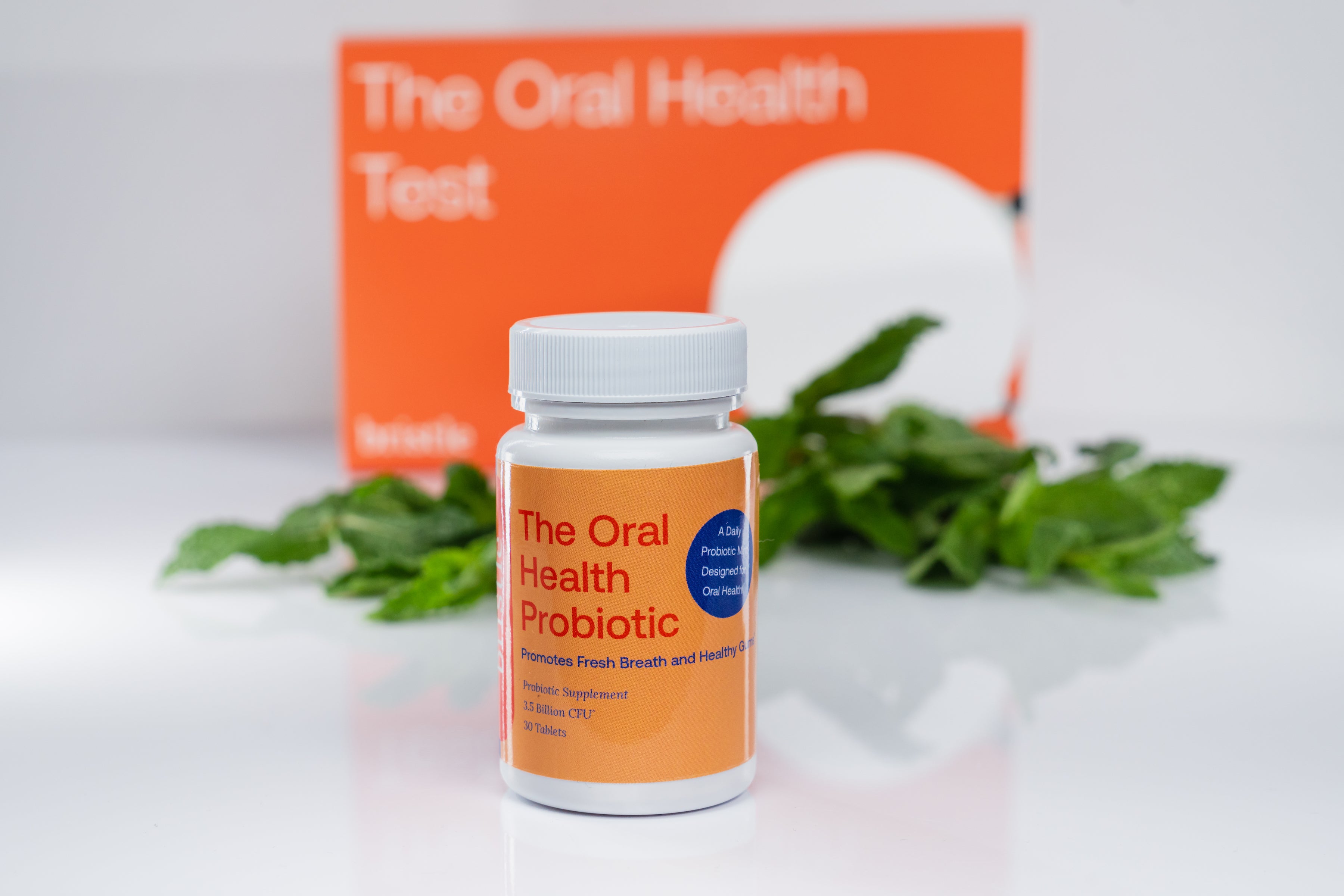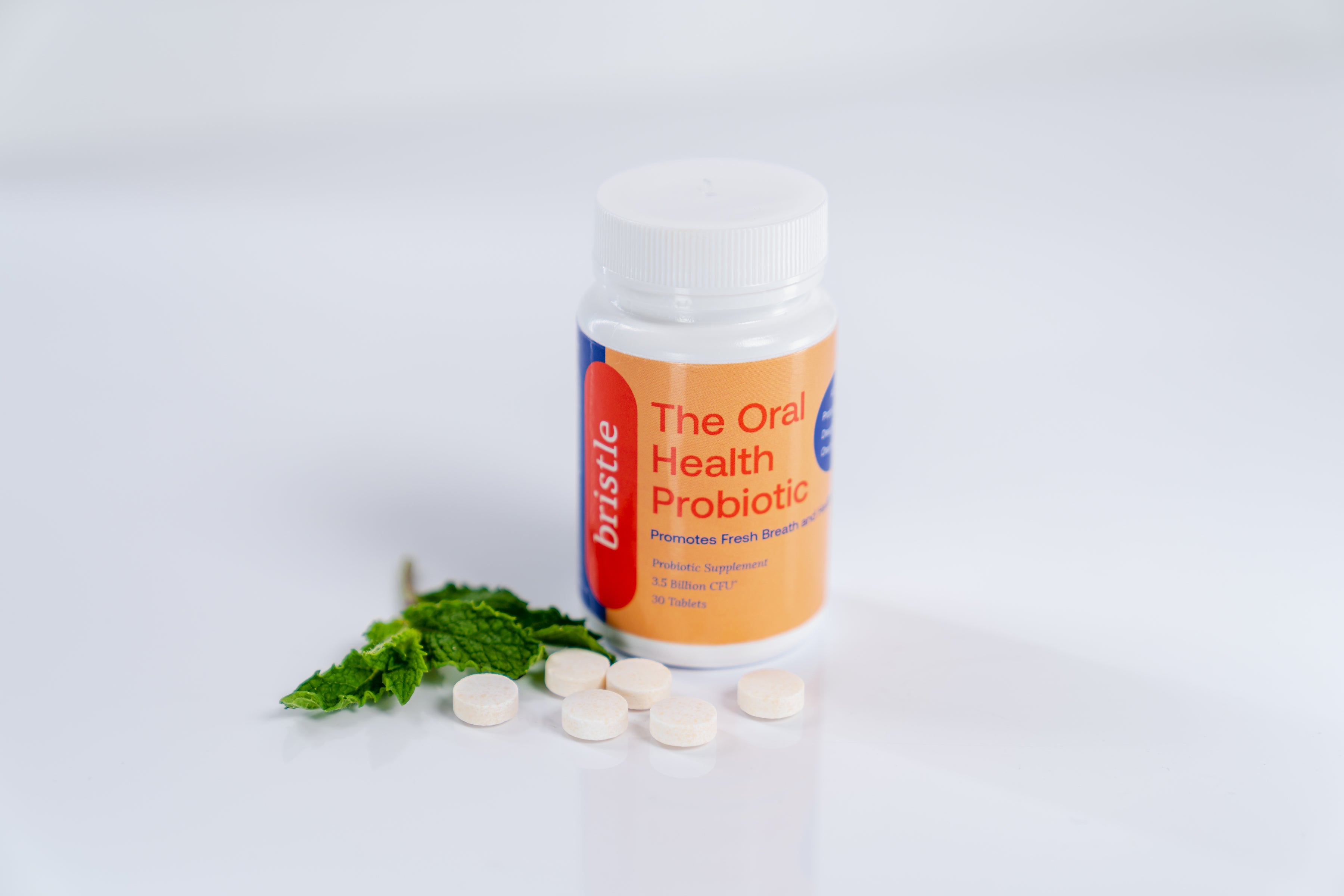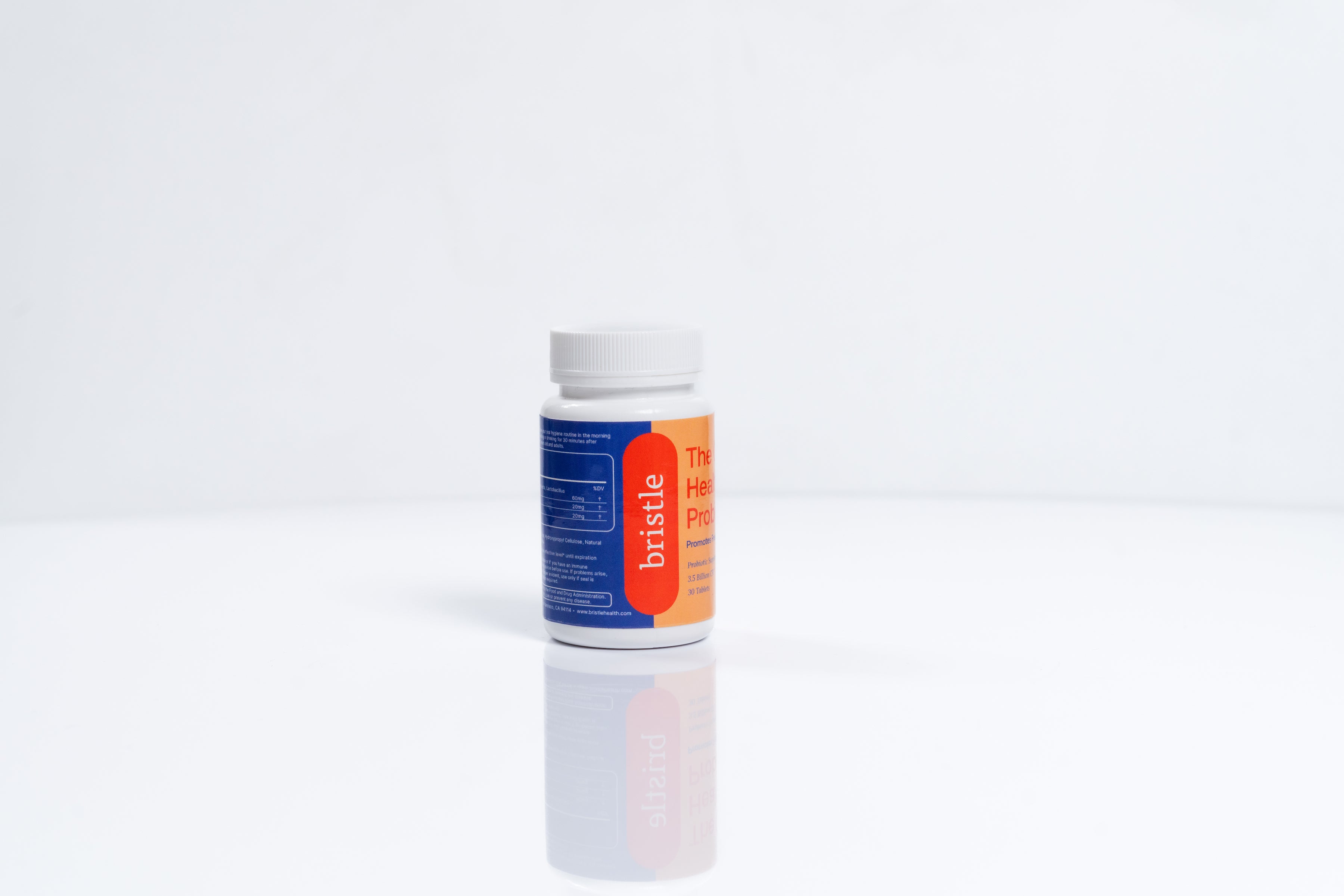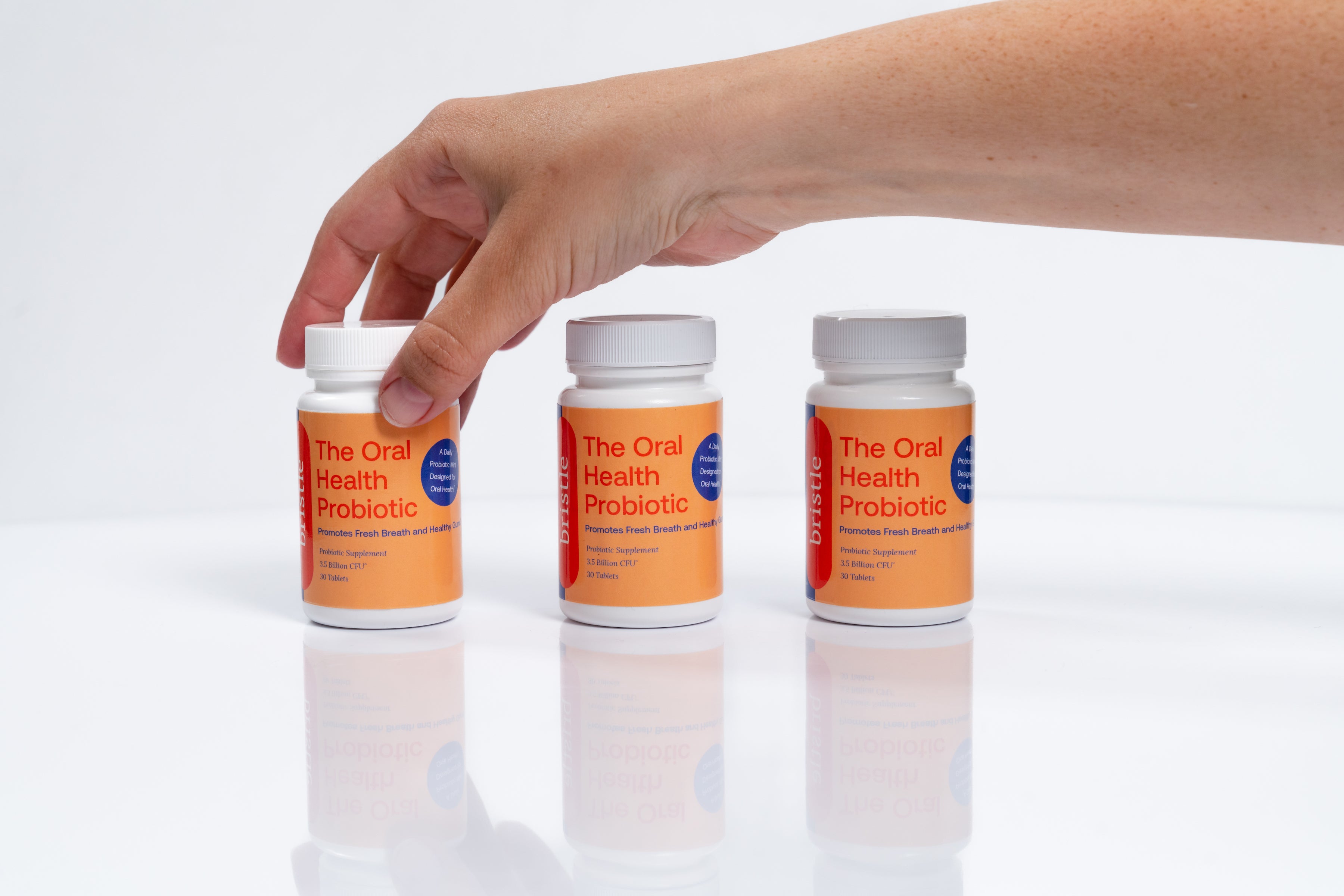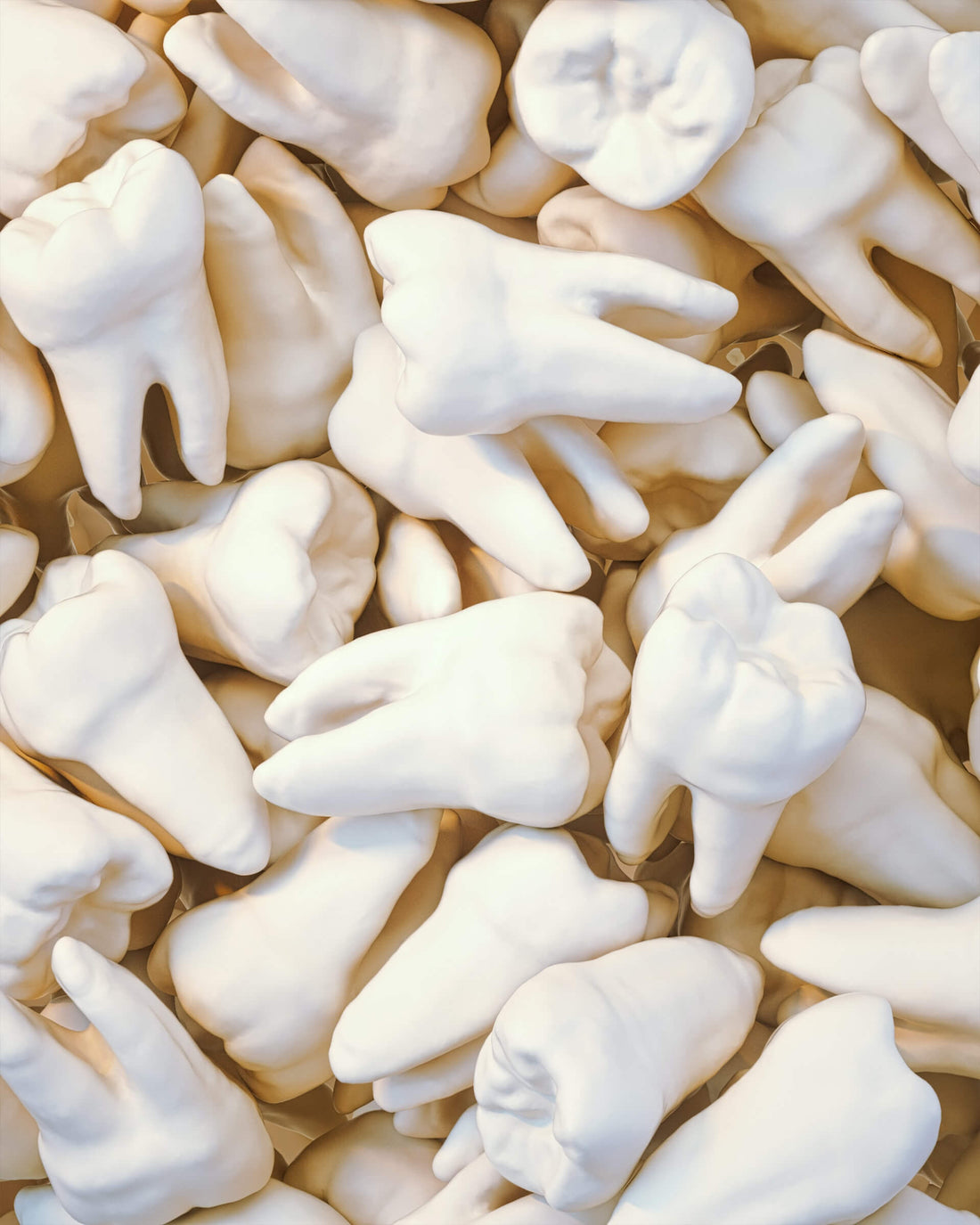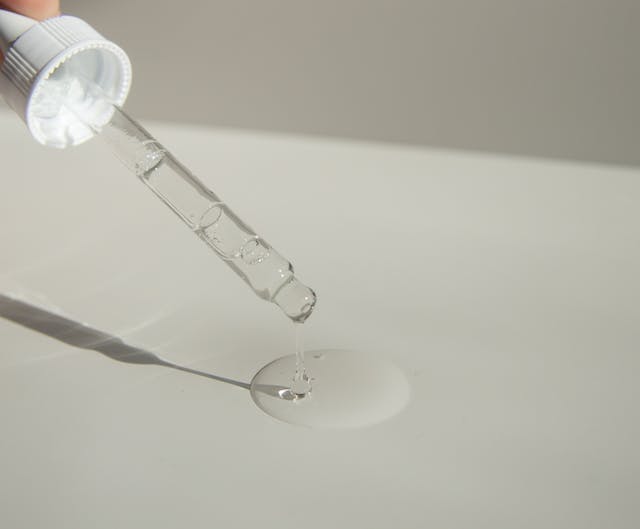Gum disease is everywhere. According to the CDC, 47% of adults over age 30 have some form of gum disease.
It sounds kind of scary, but it doesn’t have to be. There are plenty of options for the treatment of gum disease for good oral health.
Of course, you first need to know what gum disease is and if you have it. So how do you know if you have gum disease? Let’s look at some common signs and symptoms of gum disease to find out!
What Is Gum Disease?
Gum disease is inflammation or infection of the gums. In its advanced stages, it can also affect the jawbone that supports the teeth.
Mild cases of gum disease are called gingivitis and mostly affect the gums. As the disease progresses, eventually it becomes periodontitis or periodontal disease which can lead to tooth loss and other problems. Gum disease is caused by specific bacteria in your mouth, and associated with oral microbiome dysbiosis.
Researchers have even linked gum disease to serious health conditions like heart disease, diabetes, osteoporosis, and [even cancer](https://www.hopkinsmedicine.org/news/newsroom/news-releases/more-evidence-of-link-between-severe-gum-disease-and-cancer-risk#:~:text=They found a 24 percent,cancer%2C followed by colorectal cancer.)! Why? The bacteria, viruses, and fungi in your mouth, also known as the oral microbiome, can be absorbed into the bloodstream causing systemic diseases.
In other words, it’s not a good idea to turn a blind eye to gum disease symptoms because they can lead to other serious diseases.
Signs and symptoms of Gum Disease
But how do you know if you have gum disease? The best way is to learn the most common signs of gum disease you should be on the lookout for.
Dark Red, Irritated Gums
The mildest form of gum disease, gingivitis, is an inflammation of the gums. Healthy gums should be pink but irritated gums will turn dark pink and eventually red.
You may also notice swollen gums or tender gums. Pretty much anything out of the ordinary and uncomfortable with your gums can indicate the beginnings of gum disease.
Bleeding Gums
Sometimes, you might not feel discomfort but your gums will let you know in other ways. Do you see a little blood mixed in with your toothpaste when you spit? This could be an indicator of gum disease.
Keep in mind that healthy gums may bleed from time to time. For example, if you start flossing your teeth after not having done it for a while, it is normal for your gums to bleed a little. Your gums will also bleed if they have been hurt by aggressive flossing or poked by something sharp (e.g. a tortilla chip).
However, if your gums bleed often and for no apparent reason, gum disease could be the reason.
Receding Gums
Does it seem like your teeth are getting longer? Receding gums pull away from your teeth so you can see more of the tooth, making it look longer.
Keep in mind that gums recede a bit with age. It can be a natural consequence of a lifetime of brushing your teeth, especially if you did so harshly.
This is the reason for the phrase “getting long in the tooth” to mean that you’re getting older. (Although the original quote probably referred to horses’ long teeth as they age).
However, gum disease may also be affecting the jaw bone that supports your teeth. As this bone breaks down, it pulls on the gums. This causes them to recede.
Furthermore, your gums pulling away make perfect pockets for bacteria to reside in. You have to be even more vigilant about good dental hygiene.
Bad Breath
How’s your breath? Bacteria feed on leftover food debris, and even proteins and sugars in your saliva. Some bacteria are particularly good at turning things in your mouth into foul smelling compounds like hydrogen sulfide and putrescine.
Many of the bacteria that cause gum disease are able to produce these compounds. Additionaly, some of these compounds are toxic. The toxins may also further irritate your gums, leading you through a vicious cycle of poorer and poorer oral health.
Loose Teeth or Tooth Loss
When you’re 6 years old, loose teeth come with the territory. When you’re an adult, however, the situation is far more concerning.
As you experience bone loss because of gum disease, teeth may become loose. It’s possible to lose teeth altogether in the more advanced stages of periodontal disease.
Change in Bite
Even if you don’t notice loose teeth, you may notice a change in bite. Your bite refers to how your teeth come together. If they don’t come together right, you may have trouble eating or talking.
This can happen so gradually that you might not be overtly aware of it. Your teeth slowly and painlessly shift to a new place and then one day you realize it feels different to bite into an apple.
Bite problems can lead to more dental problems and should be addressed right away. If you didn’t previously have bite problems, you need to begin treatment for gum disease ASAP.
Risk factors for gum disease
Avoiding Gum Disease
Here’s the good news. Even though gum disease is so common, it isn’t that difficult to avoid it.
Good oral hygiene is key. Regular brushing and flossing of your teeth and visits to your dentist for dental cleanings a couple of times a year are important. Though you can’t protect yourself 100%, a good dental care routine will cut down the risk of gum disease significantly.
Unfortunately, there isn’t a one-size-fits-all approach to dental health. Every person has a range of flora in their mouth (called the oral microbiome) that is unique to them. This is why some people with seemingly healthy habits still have bad teeth or vice versa.
Wouldn’t it be nice to stop guessing? What if you could learn about your individual oral microbiome and use products that would specifically help you avoid gum disease?
You can with Bristle! We test your oral microbiome and recommend products based on your unique mix of flora.
Get personalized oral healthcare help to help avoid gum disease. Your smile will thank you!

